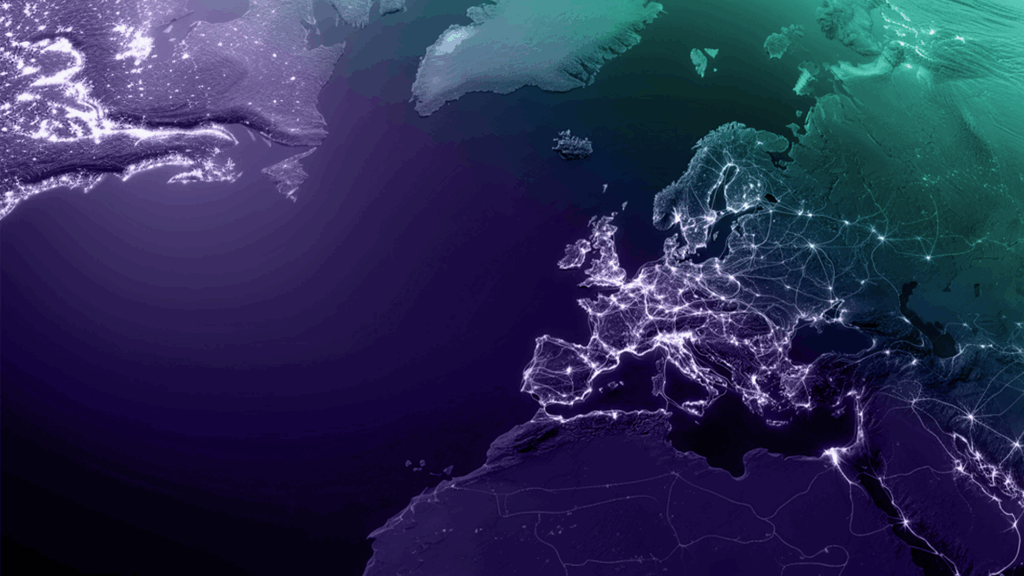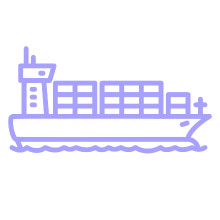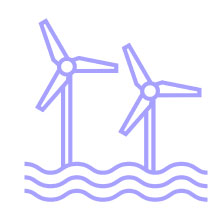It has been three-and-a-half years since Russia invaded Ukraine, setting off efforts to punish Russia by isolating it from global markets. However, Russia’s importance as a supplier to global energy markets has complicated these efforts, and it has been difficult for major energy-importing economies, including most European nations, to find new sources of oil and gas to replace their dependency on Russia. We posed some questions to Capstone analyst Mayeul d’Anselme about the latest developments in the European Union’s approach to energy policy and Russia.
What did the European Parliament agree to regarding Russian gas imports?
On October 2, Members of the European Parliament agreed on amendments to the European Commission’s proposal to ban Russian oil and gas. The revised text accelerates by one year the full gas ban to January 1, 2027, eliminates derogations for landlocked countries, and removes suspension clauses in case of supply security risks. The amendments also introduce stricter compliance requirements: importers must submit origin data to customs one month in advance and obtain prior authorization, unless they source from countries that already prohibit Russian gas. Violations would trigger minimum fines of 5% of global turnover.
What are the implications for European energy markets?
The accelerated timeline creates a tighter window for EU member states to secure alternative gas supplies and could intensify competition for non-Russian sources. The EU has committed to increasing energy imports from the United States, and those could replace Russian supply, which may reshape transatlantic energy trade flows. This would be a significant change, as the EU will get about 13% of its imports this year from Russia, totaling roughly 36.5 bcm (billion cubic meters), according to European Commission estimates. (Of that, 20 bcm will come via liquefied natural gas and 16.5 bcm through the TurkStream pipeline.) That means, all else being equal, the US will have an opportunity to increase its natural gas exports to Europe by that 36.5 bcm.
For EU energy importers, the stricter reporting obligations and authorization requirements could also add compliance costs and operational complexity. Market participants should anticipate potential price volatility as the January 2027 deadline approaches, particularly if supply diversification efforts encounter delays or bottlenecks.
How likely is this proposal to pass?
The proposal enjoys broad support in Parliament and appears poised to pass largely unchanged, with the Commission also signaling openness to an earlier gas ban. In the Council, the accelerated phase-out date and enhanced reporting obligations may face some resistance, but backing remains solid except from Hungary and Slovakia. Critically, this proposal falls under commercial policy and requires only a qualified majority vote, eliminating Hungary and Slovakia’s veto power—a key difference from past sanctions measures that required unanimity.
What is the timeline for final approval?
EU Parliament’s International Trade (INTA) and Industry, Research and Energy (ITRE) committees vote on October 16. The Council is expected to finalize its position at the Energy Council meeting on October 20. If both institutions move forward as anticipated, the measure could be adopted relatively quickly.
How does this fit into broader EU-Russia tensions?
The push for faster sanctions comes amid escalating tensions between the EU and Russia. Russian drones have made several incursions into European airspace, and France seized a tanker from Russia’s so-called shadow fleet in early October. These incidents could influence the Council vote by hardening member states’ positions toward Moscow. The energy ban represents one component of a broader sanctions architecture that has evolved significantly since Russia’s invasion of Ukraine.
What are the geopolitical dimensions beyond Europe?
President Trump has criticized both Asian nations like India and China for supporting Russia through oil purchases, and European Union countries for continuing to import Russian natural gas. The EU’s accelerated gas ban timeline could be viewed in this context, though European officials have framed the measure primarily as part of their ongoing response to Russian aggression. The shift toward increased US energy imports may also factor into transatlantic relations, potentially addressing some American concerns about European energy policy while creating new commercial opportunities for US producers.
What should investors watch going forward?
Key indicators include the Council’s outcome on October 20, subsequent implementation details, and the pace at which EU members secure alternative supplies. Investors should also monitor how the stricter compliance regime affects energy companies’ operations and cost structures. Geopolitically, watch for further escalation between the EU and Russia that could accelerate or complicate the timeline, as well as reactions from the Trump administration to the EU’s policy shift. The interplay between sanctions enforcement, supply diversification efforts, and market pricing will be critical through 2026 and into early 2027.




























